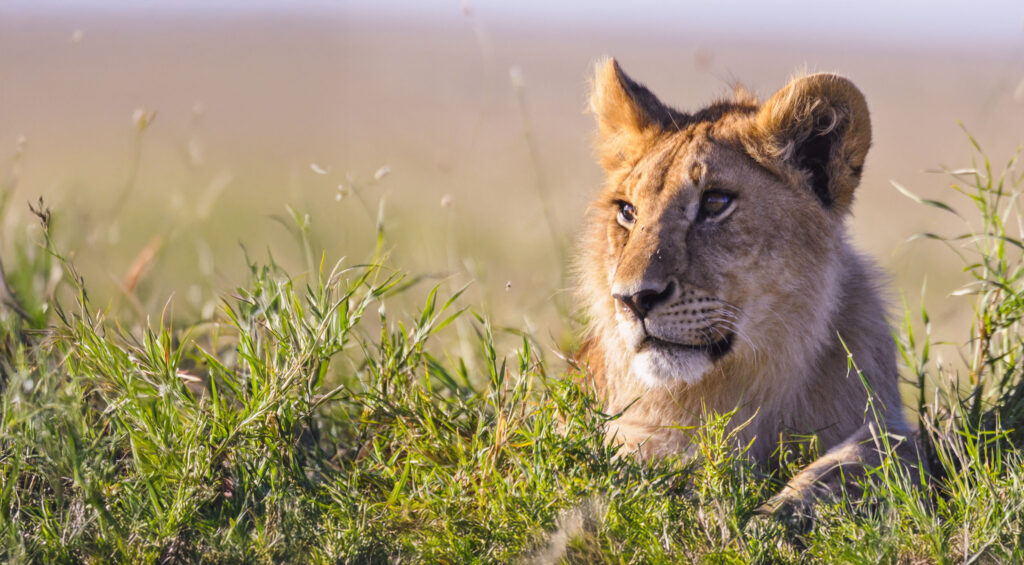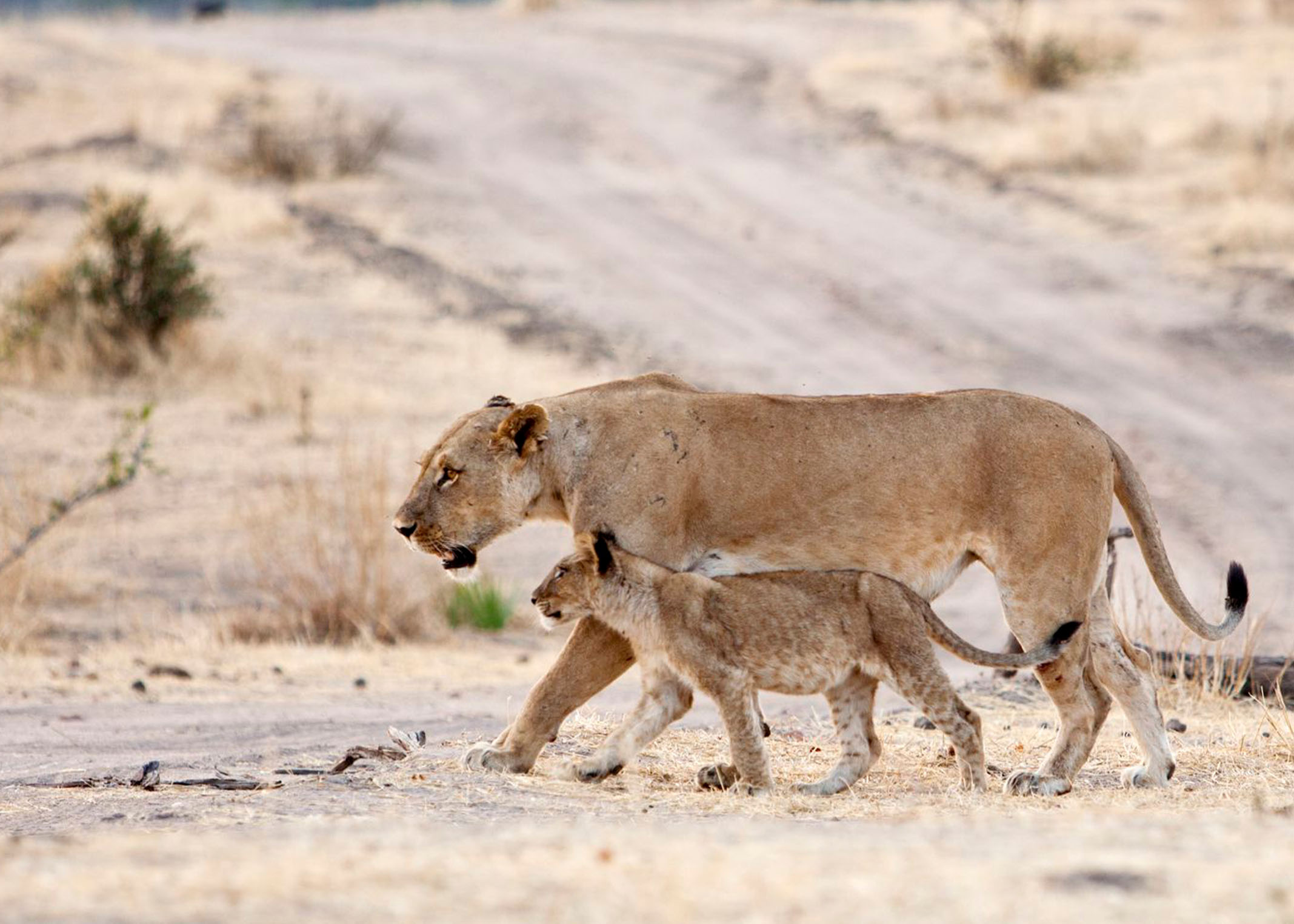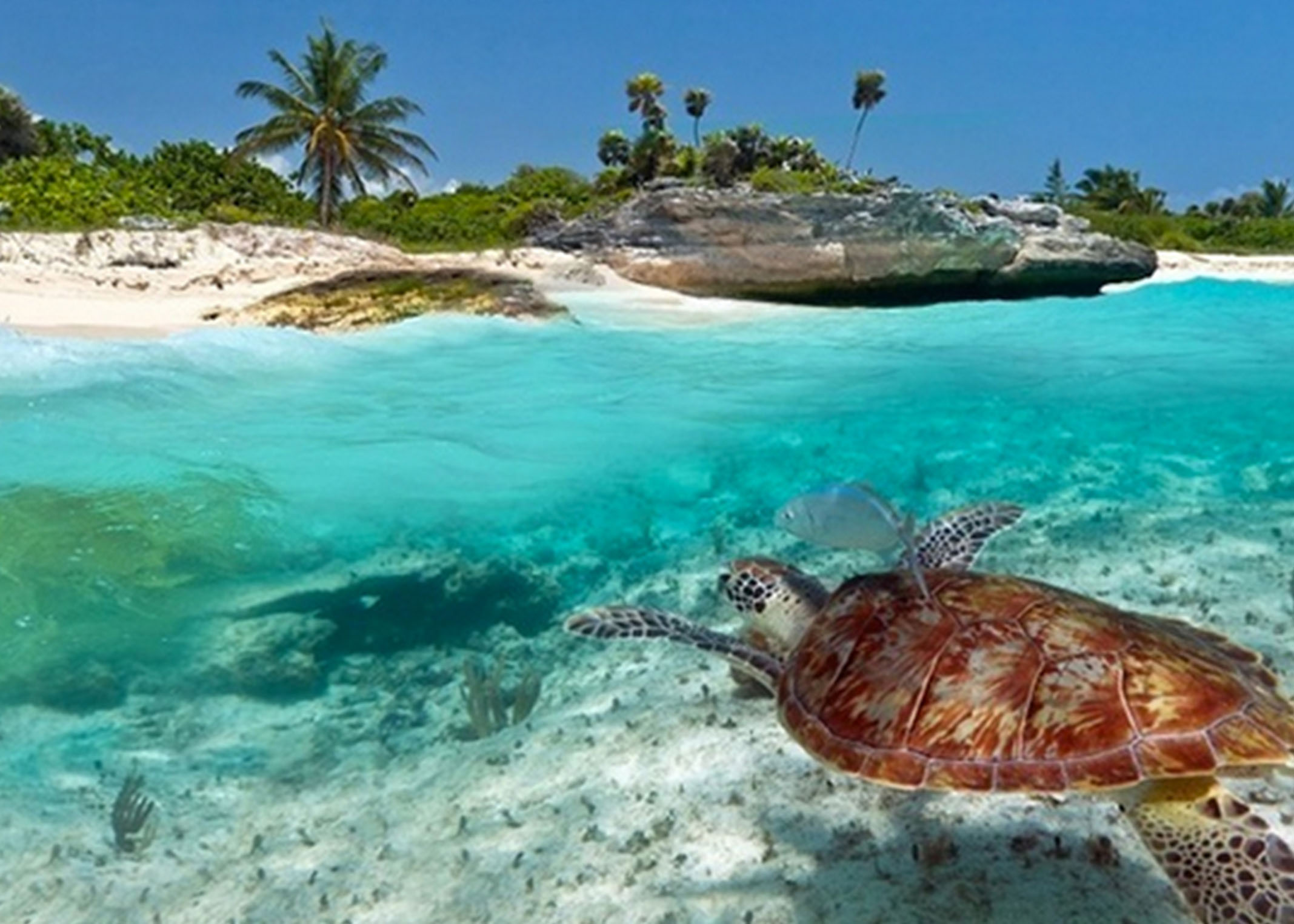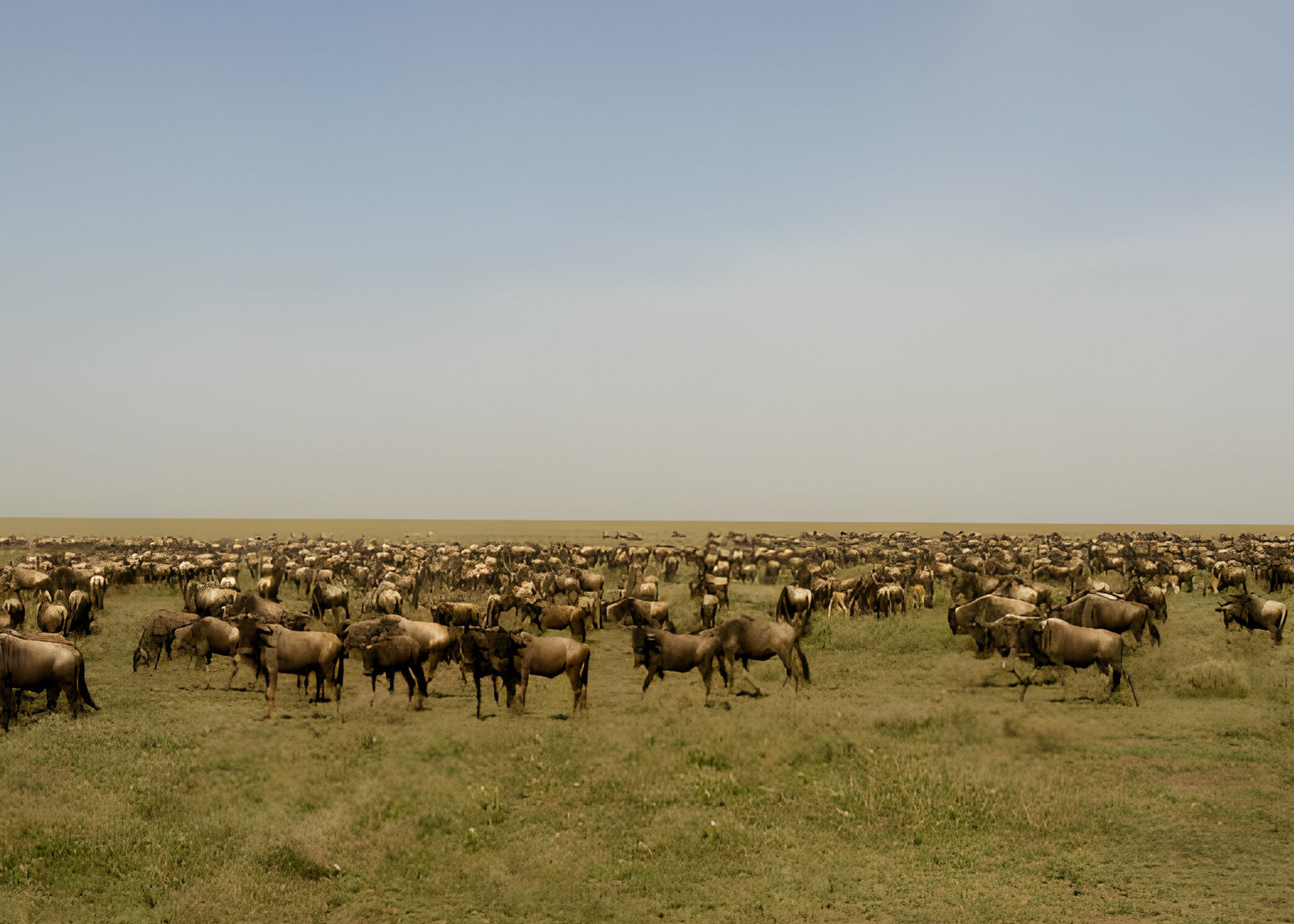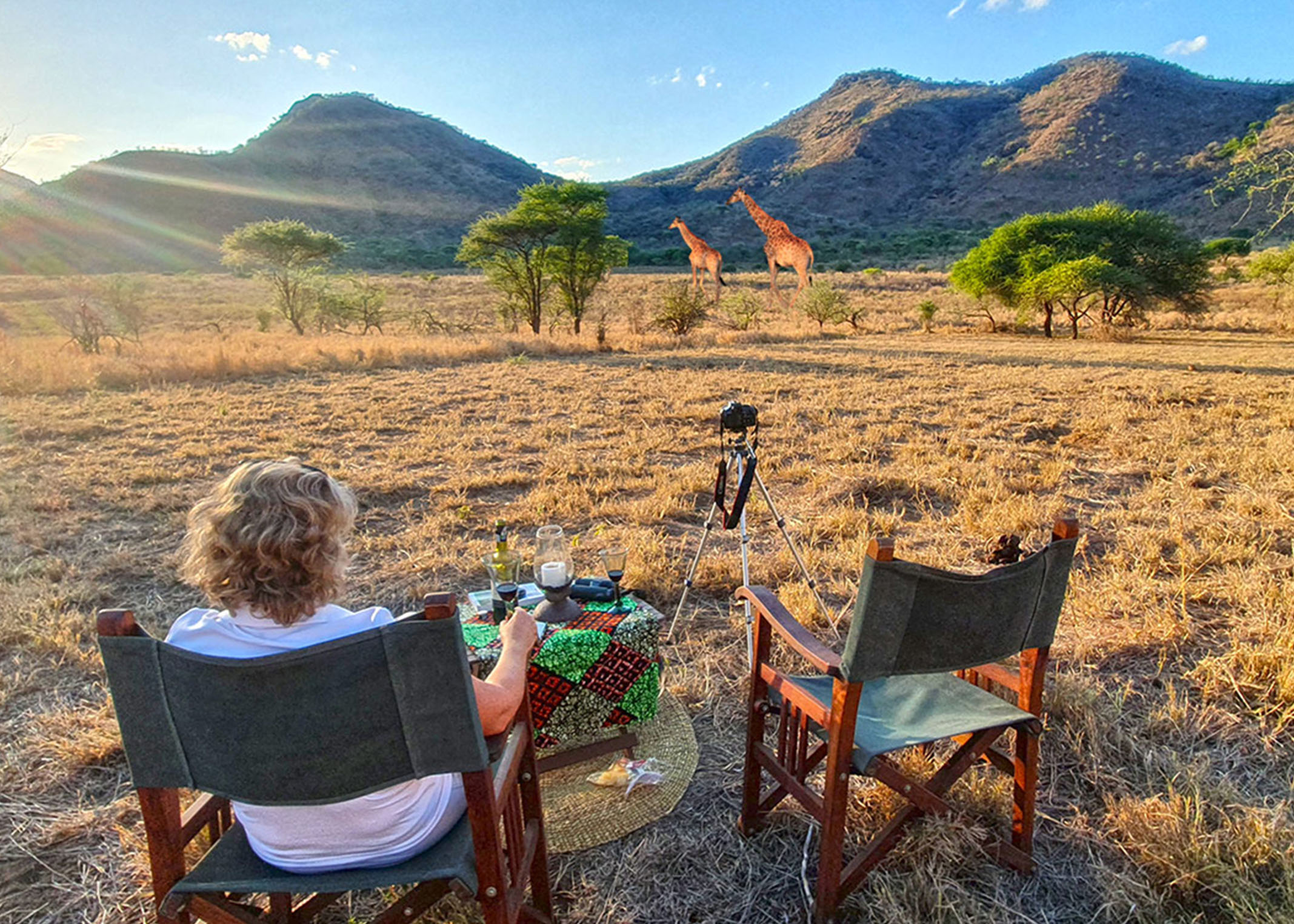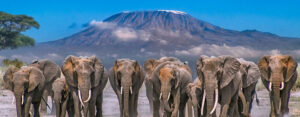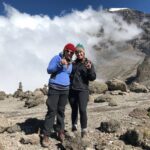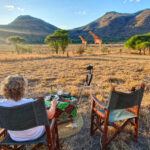🏞️ Activities in Kilimanjaro National Park
Kilimanjaro National Park is not just about summiting Africa’s highest peak. The park offers a wide range of activities suitable for adventurers, nature lovers, and cultural explorers alike. Here’s what visitors can experience:
1. 🧗♂️ Mountain Climbing & Treks
Climbing Mount Kilimanjaro is the main attraction. The park offers multiple trekking routes, each with its own unique scenery and difficulty level:
Marangu Route – Known as the “Coca-Cola” route, with hut accommodations.
Machame Route – Scenic and popular, also called the “Whiskey” route.
Lemosho Route – Remote and highly scenic with high success rates.
Rongai, Umbwe, Shira & Northern Circuit – For those seeking less crowded paths.
🕐 Duration: 5 to 9 days, depending on the route
🏔️ Highlight: Reaching Uhuru Peak at 5,895 meters (19,341 ft)
2. 🚶♀️ Day Hikes
For those not ready for a full summit attempt, shorter hikes through the lower rainforest zone offer a taste of Kilimanjaro’s beauty. Common day trip options include:
Mandara Hut (Marangu Route) – Hike through lush forest to reach Mandara Camp (~2,700m)
Shira Plateau (via Lemosho Route) – Scenic drive and short hike on Kilimanjaro’s western side
🌿 Highlights: Stunning waterfalls, rich flora and fauna, and panoramic views
3. 🐘 Wildlife Viewing
While not a traditional safari destination, the lower slopes of Kilimanjaro are home to various species including:
The rainforest zone is also great for birdwatching, with species like turacos, hornbills, and sunbirds.
4. 📸 Nature Photography
The varied ecosystems—from lush rainforest to alpine desert—provide stunning photography opportunities. Key subjects include:
Dramatic landscapes and sunsets
Wildlife and exotic birds
Giant lobelias and groundsel plants
Snow-capped Uhuru Peak
📷 Best times: Early morning and late afternoon for golden light
5. 🧭 Cultural Tours (Outside the Park)
While not inside the park itself, many cultural experiences are easily accessible nearby:
Chagga Cultural Tour – Explore traditional Chagga villages, banana plantations, and local brewing techniques.
Coffee Farm Visits – Learn about coffee production from bean to cup.
Marangu Caves and Waterfalls – Discover ancient lava tunnels and beautiful waterfalls.
👣 Combine cultural tours with day hikes for a full-day adventure.
6. 🌳 Bird Watching
The lower montane forests host a variety of birds including:
Hartlaub’s turaco
Olive sunbird
Bar-tailed trogon
Silvery-cheeked hornbill
🎒 Bring binoculars and a guidebook for a rewarding birding experience.
7. 🏕️ Camping & Picnicking
For those trekking the mountain or exploring the foothills, designated campsites and picnic areas allow for immersive nature experiences. Some camps offer incredible views of the mountain under a starry sky.

